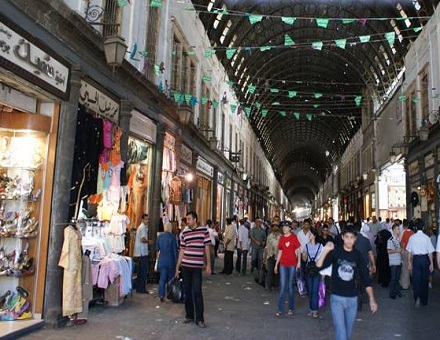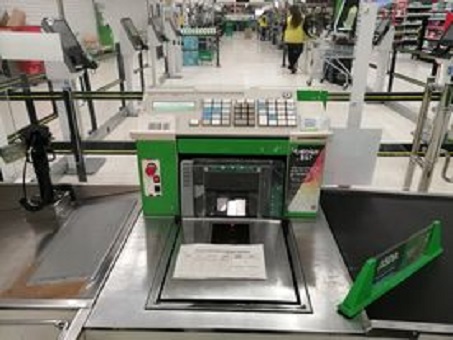A brief history of shopping

A brief history of shopping
Before shopping people exchanged goods they had for goods they wanted – if they could find someone ready and able to exchange goods with.
There is evidence of some producers depositing barley at a trusted place, usually a temple, and receiving vouchers, often clay tablets, to trade. A shekel is a unit of measurement for barley. But crops might deteriorate, and the most effective product to barter with was something with a trusted and accepted value – precious metals like gold and silver.
And in any case the ancient Greeks and Romans had armies to pay and coins of gold or silver were more practical than goods. Minted coins started to appear in around 600BC in what is now Turkey.
The Roman Forums in major cities developed into shopping areas, although the rich stayed away and were visited at home by pedlars.
In the Middle East, the great trading cities grew up where the camel caravans reached areas sufficiently fertile to support urban communities. They would meet stallholders at the entry to cities such as Damascus and Aleppo. Over time these souks or bazars moved into the centre of the cities. Once traded, goods from the east might continue their journey to the Mediteranean ports and beyond.
Medieval shopping
By the Middle Ages,promissory notes were circulating in China, which evolved into bank notes – these being more convenient than heavy coins. Notes were still a long way off in Medieval England and exchange alongside gifting / borrowing against goods in the future was still the most common form of trade.. Most trade took place at markets and fairs, and it was common for livestock to be walked to market and slaughtered there! Customers could visit producers at their workshops, with clusters of a particular trade common in larger towns.
Coins were often in short supply. The rich might have hoarded them and if the gold price was higher in another area or country might export coins and trade (say) gold for silver and return with a profit. Coins were often clipped or shaved of small amounts of precious metal, which meant that they were not always trusted.
The large landowners, of course, continued to buy from pedlars.
Shops gradually started to appear in the Middle Ages, though the practice of buying and reselling for a profit was frowned upon. It wasn’t until towards the end of the sixteenth century that they became common in larger towns and cities. By this time goods were starting to appear from the colonies and shopping areas were evolving for those able to afford them. And shopping started to be associated with socialising, pleasure and prestige.
The modern era
The industrial revolution replaced subsistence farming with wage labour, and the rise of shops continued. By the nineteenth century corner shops were emerging and shopping streets and centres started to appear in major cities, especially London. Shops were mainly specialsed, but by the Vicctorian period department stores started to appear, with entertainment and catering provided to attract the crowds.
Mail order shopping was made possible after the formation of Royal Mail. The cash register was invented in 1883.
The pace of retailing picked up in the twentieth century with self service supermarkets developing in the USA between the wars and being introduced to the UK by the Co-Op and Sainsbury’s after the Second World War. Diners Club launched the first shopping card in 1950. Shopping Centres started to be developed in the 1950’s and Retail Parks in the 1960’s.
Also in the 1960’s the internet started to develop. It became a means of advertising, until a decade or so later secure online payments became possible.
Online sales have grown gradually until the sharp rise which accompanied the first COVID lockdown last year.
Photograph: Souk al Hamadiyeh, Damascus

